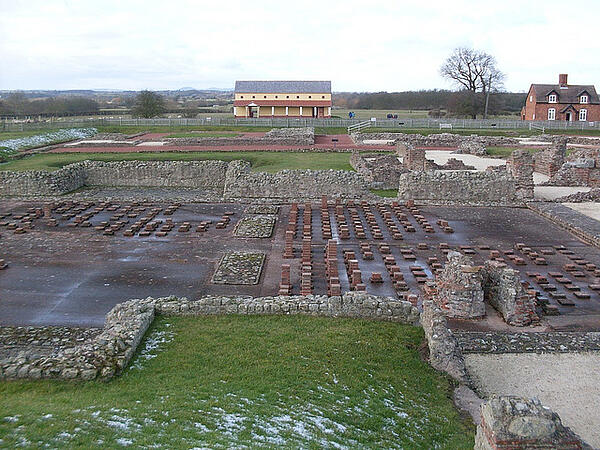The Romans in Britain
The Romans first set foot on British soil in 55 BC. The Roman Army had initially met with the Britons in Gaul (France) when the latter was helping the French fight off the legion. Julius Caesar, who was the leader of the Roman Army in Gaul, decided that the time was right to teach the Britons a lesson and invade Britain.
Caesar landed about six miles from Dover with the intention of taking the town. However, the large number of Britons who had arrived to prevent an invasion drove the Roman army into the sea. Eventually, the Romans did fight off the Britons but Caesar noted that the country was unlikely to relinquish to his army and returned to Rome.
While Julius Caeser did not decide to stay and conquer Britain, his visit to the isles did mark the start of a trading relationship between the two tribes. Roman traders began to regularly travel to Britain for trade, learning more and more about the country, and as a result it was soon brought into the Roman radar once more.

Having re-established an interest in Britain, the Romans returned to invade the country in 43 AD under the reign of Claudius with the intention of fully conquering the country. A Roman army of 40,000 soldiers and cavalry were sent over, quickly establishing authority over the locals.
While some decided to resist the invaders, many noted their strength and attempted to make peace. However, there were still many clashes between the British citizens and the Roman army over the coming years and Britain eventually relinquished, becoming the Roman province of Britannia.
By the year 84 AD almost the whole of Britain was ruled by an appointed governor from the emperor. Despite being less than impressed with Britons themselves, describing them as “bandy-legged” (Strabo) and “savages” (Tacitus), they did note how impressed they were with the skills many Britons held.
Julius Caesar noted of the British chariot riders:
"They combine the easy movement of cavalry with the staying power of foot soldiers. Regular practice makes them so skilful that they can control their horses at a full gallop, even on a steep slope. And they can stop and turn them in a moment. The warriors can then run along the chariot pole, stand on the yoke and get back into the chariot as quick as lightening.”
See also: Roman Education
MLA Citation/Reference
"The Romans in Britain". HistoryLearning.com. 2025. Web.
